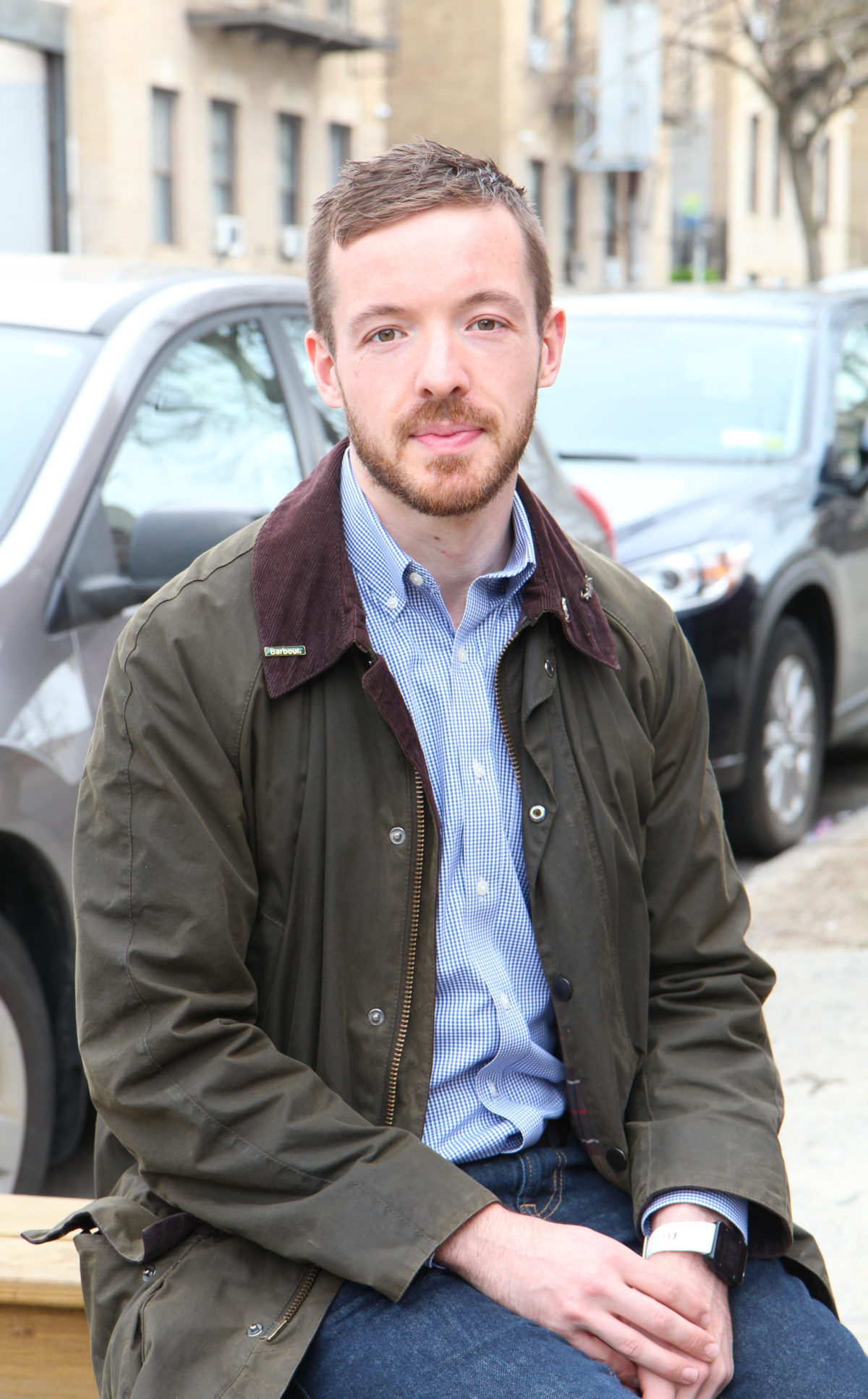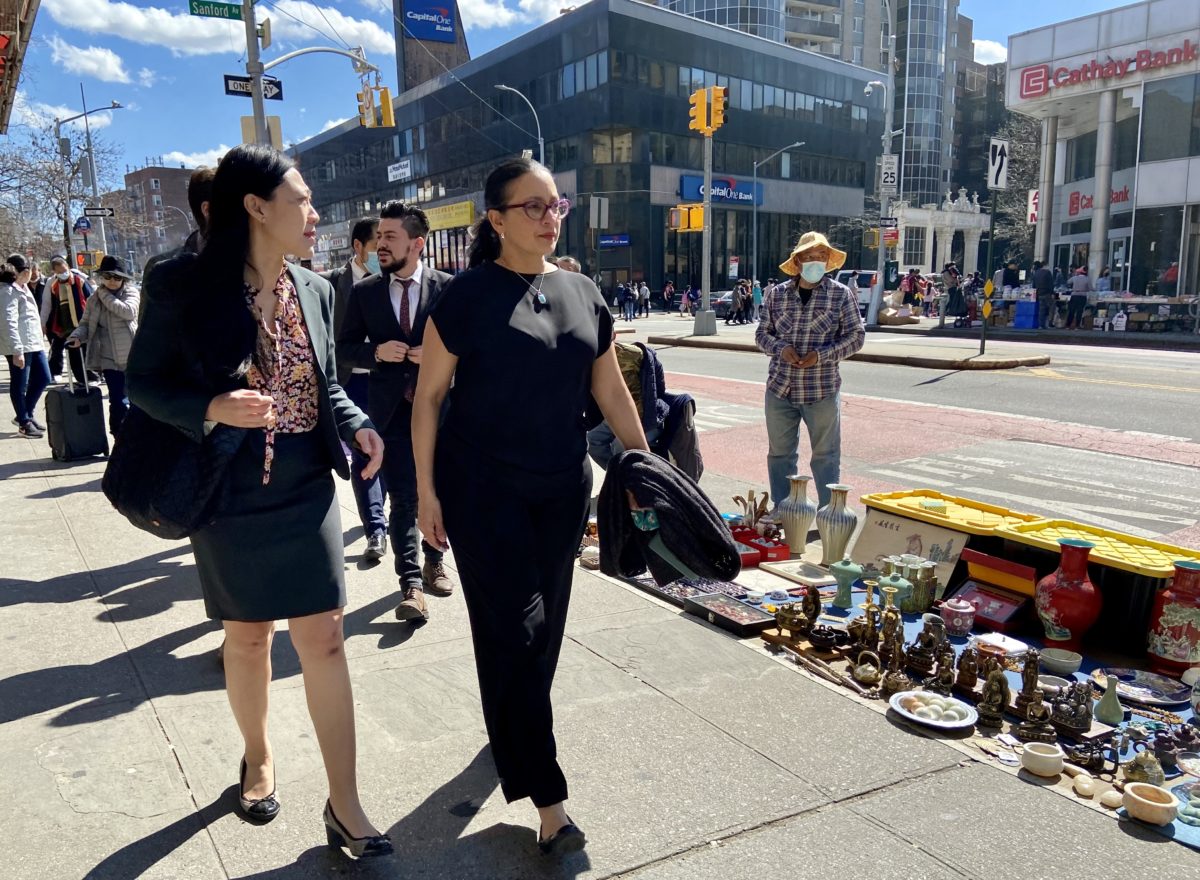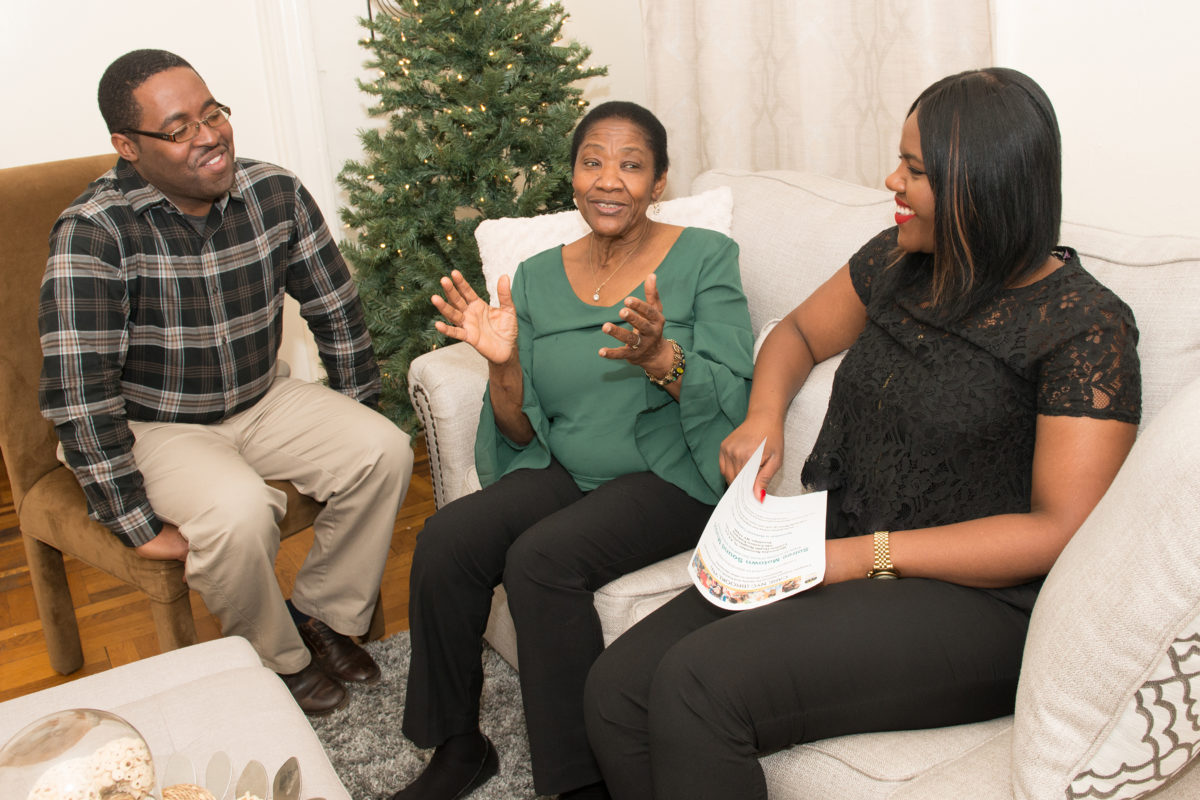Ruhling: The History Guy on the Soccer Team
There are two questions that everyone always asks Chris Minty:
Why is a Scotsman devoting his career to studying Early American history?
Why is such a serious academic so keen on spending his spare time playing football, or soccer as we call it in the States?
For the answers, we have to do what Chris, a documentary editor historian who literally gets to hold history in his hands, does on a daily basis: search and annotate the past to put the present in perspective.
Chris, long and lean and happily sleep-deprived because of his 4-month-old daughter, started his history in Edinburgh, Scotland’s capital city.
If you didn’t know this, his subtle Scottish accent would give him away.
“I have always been interested in soccer and history,” he says. “My parents used to take me to historic sites, mainly castles.”
By the time he was in high school, Chris was so fascinated with the past that he knew it would play a large role in his future.
He felt the same way, it should be noted, about soccer, which he spent a lot of time playing.
In the beginning, Chris opened his mind to all kinds of history.
“I wanted to sample as much as possible,” he says.
 His focused shifted to America, however, when he took a survey course in U.S. history at the University of Stirling, where he earned his bachelor’s degree with first-class honors as well as his doctorate.
His focused shifted to America, however, when he took a survey course in U.S. history at the University of Stirling, where he earned his bachelor’s degree with first-class honors as well as his doctorate.
“All the while I was studying, I was playing soccer,” he says.
His research on the origins of loyalism in New York prior to the Revolution led him to visit not only the Big Apple but also Michigan, Virginia and California.
He made trips to the New-York Historical Society, The New York Public Library and to the state archives and library in Albany.
“My first trip here, I stayed with a friend who had a fellowship with the New-York Historical Society,” he says. “And he gave me the tour of life. I thought the city was brilliant, and I loved the subway.”
So enchanted was he with the city that, like his friend, he applied for a one-year fellowship with the historical society, which came with a faculty position at The New School.
While he was waiting, he took teaching positions in Scotland, and of course, continued to spend substantial time on the soccer field.
He did, indeed, get the fellowship, and in August 2014, he came back to New York for what he thought would be only a 12-month stay.
But he didn’t know that he would fall in love.
As it turned out, the woman he married, Heather, also worked for the historical society; they had been introduced but didn’t pay much attention to each other until Tinder threw them together.
“We each recognized each other on the app,” Chris says. “We went out for coffee and started dating.”
The fellowship ended, but their relationship didn’t.
“I wanted to stay,” he says. “And even though I was applying for and interviewing for jobs on both sides of the Atlantic, I was looking for almost anything to stay.”
Things all came together when he got an offer to be an assistant editor of The Adams Papers Editorial Project at the Massachusetts Historical Society, where he co-edited volumes of the Adams Family Correspondence.
“It was exciting – Heather and I got married – and I got to handle and study original documents not only from members of the Adams family but also from the founding fathers – Jefferson, Madison and even Hamilton,” he says. “And after a break, I started to seriously play soccer again.”
Chris joined Kendall Wanderers Football Club, one of the oldest amateur teams in Massachusetts. He also managed two of its six teams and served as the club’s president.
“I felt as though I had rolled back the years,” he says, adding that he got to play all over the state. “I loved it – I can be moody when I lose, but we didn’t lose.”
It was the pandemic that brought Chris back to New York.
“My father-in-law got Covid early on – he’s fine now – but he was very ill, so in December 2020 we moved back,” he says. “We wanted to start a family and didn’t want to do it in Massachusetts, where neither of us had family.”
Chris took a remote job with the University of Virginia’s Center for Digital Editing and began playing for New York International Football Club. He also manages the club’s reserve team and coaches both.
“I probably spend 20 to 25 hours a week with the team,” he says, adding that it’s like having a part-time job. “I absolutely love it even though it takes me days to recover from playing a game.”
Somehow with all this going on, he found time to write American Demagogues: The Origins of Loyalism in Manhattan, a book that will be published later this year.
Since the birth of Isla – she arrived, he delightedly points out, on Nov. 30, 2021, St. Andrew’s Day, which honors the patron saint of Scotland – Chris’ life has become even busier.
As a historian, he’s not accustomed to looking ahead, but there are things that he’s certain of.
He’ll keep his university job – “it’s a lot of fun” – and he’ll continue tearing up the soccer field.
“I’m 34, but I have a few years left at the level I’m in,” he says. “I’ll graduate to the over-30s, then the over-40s teams.”
In the meantime, he has the prospect of a team history project. The league, the oldest amateur one in the country, celebrates its centenary next year.
“I’m already talking to them about what I can do to bring historical context to the anniversary,” he says.
Nancy A. Ruhling may be reached at Nruhling@gmail.com; @nancyruhling; nruhling on Instagram, nancyruhling.com, astoriacharacters.com.








